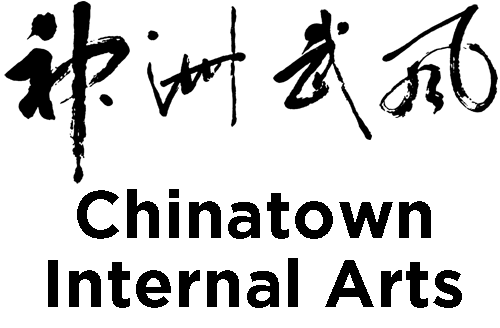1. What does the term” Chinese internal martial arts” refer to?
“Chinese internal martial arts” is an umbrella term for a series of health, fitness, and fighting systems. although many Chinese martial arts that could be classified under this category,they frequently refer to onethe three main arts of xing-yi chuan, bagua zhang, and tai ji chuan.
2. How are “internal” martial arts different from “external” martial arts?
In general, internal martial arts place a higher degree on body alignment, mechanics, breathing and a calm, centered mind than most external martial arts do. There is also an emphasis on the use of the mind to coordinate the leverage of abody in a relaxed state, as opposed to the sole use ofmuscular force. And unlike systems which rely more exclusively on conditioning, internal arts can be effectively maintained and can actually improve, not deteriorate, as one continues to age.
3. What are some specific styles of Chinese internal martial arts?
The three best known branches of Chinese internal martial arts are Tai Chi Chuan, Ba Gua Zhang, and Xing Yi Quan. (Please see the bottom of the page for alternate transliterations of these names.) At Chinatown Internal Arts, we offer classes in Xing Yi andI Liq Quan.
4. I am in terrible shape. Will I be able to participate?
Of course. We won’t lie to you–your first class will be tough; but you’ll find it will get easier (not easy, easier) with each progressive class. We encourage people to move at their own pace, while providing a challenging environment that leads to consistent fitness gains over the long haul. If you are ready to get into shape, we are ready to help.
5. I am already in excellent shape. Will I pick the arts up quicker?
Physical fitness is always an asset; however, though you might be in excellent shape, you may not be using your strength in the most efficient way. We can show you how to maximize and coordinate the power which you already possess–and take it to another level.
6. Can I come and watch a class?
Absolutely. We encourage you to come down and take a look at the styles, systems, and training methods for yourself, because these things can be difficult to convey via text. Please give us a ring first to let us know you’re coming.
7. What are some alternate transliterations of the internal arts?
Xing Yi = Hsing I = Hsing Yi = Shing I = Shing Yi
Tai Chi = Taiji
Ba Gua = Pa Kua
Also note that the “Chuan” (fist) suffix may alternately be written as “Quan.”

